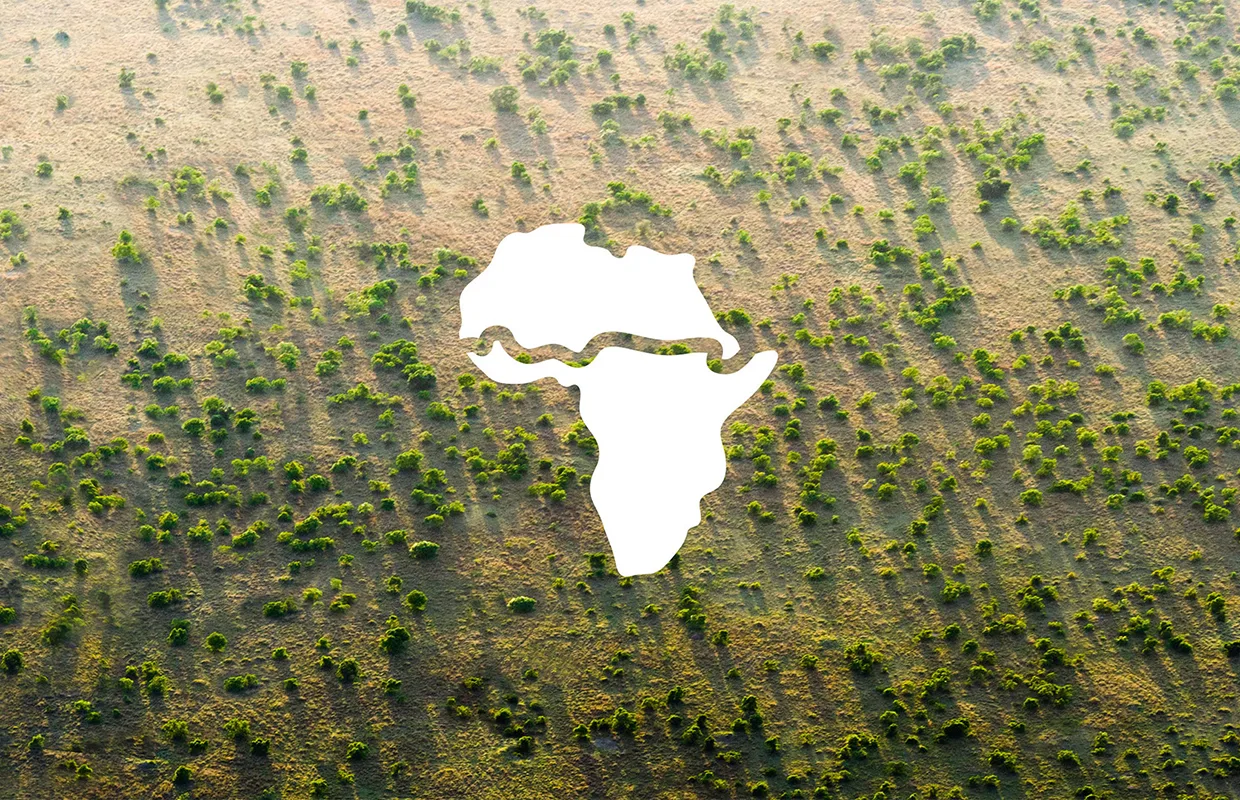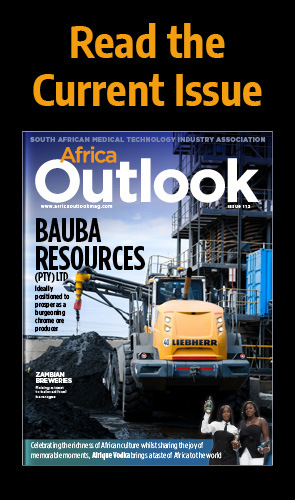As the very real threat of desertification looms over much of North Africa as a result of extreme climate change and drought, the Great Green Wall emerges as a living symbol of hope spanning the width of the continent, regenerating land for the benefit of local communities.
TAKING ROOT
In recent years, much of North Africa has seen the quality of arable land significantly decline due to poor management and the impacts of climate change.
One area particularly affected is the Sahel region, situated at the southern edge of the Sahara Desert, which often finds itself battling severe drought.
Meanwhile, a lack of food and ongoing conflict due to dwindling natural resources have led to mass migration, leaving the region depleted.
National and regional leaders have therefore come together in the hope of reversing this trend, uniting under the banner of the Great Green Wall (GGW) initiative, launched in 2007 by the African Union.
Spanning 8,000 kilometres across the entire width of the continent, from Senegal to Somalia, the African-led initiative seeks to return life to the Sahel region’s degraded landscapes by planting trees and developing land-based strategies.
An unprecedented and ambitious project, GGW seeks to provide food security and employment for local communities, addressing widely felt concerns surrounding climate change, drought, famine, conflict, and migration.
Currently around 15 percent complete, once finished, the wall will be the Earth’s largest living structure – three times the size of the Great Barrier Reef.
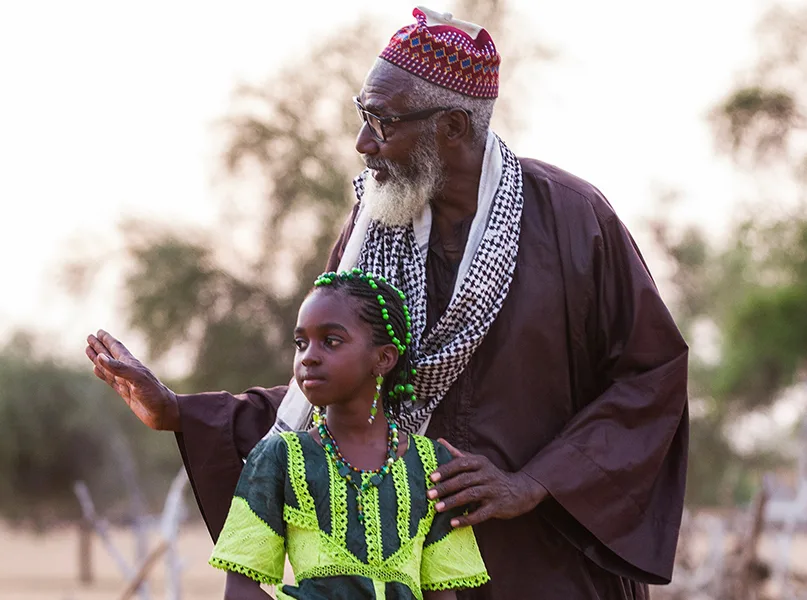
KEY OBJECTIVES
To allow each participating country to address land degradation and climate change from their own local perspectives, GGW uses an integrated landscape approach that promotes biodiversity and regreening, providing both environmental and social benefits.
By developing local land, soil quality can be enhanced to promote greater crop yields and, in turn, improve the quality of life for communities.
This method provides the necessary momentum to tackle the threat of desertification and degradation of natural ecosystems whilst providing alternative livelihood opportunities for local people.
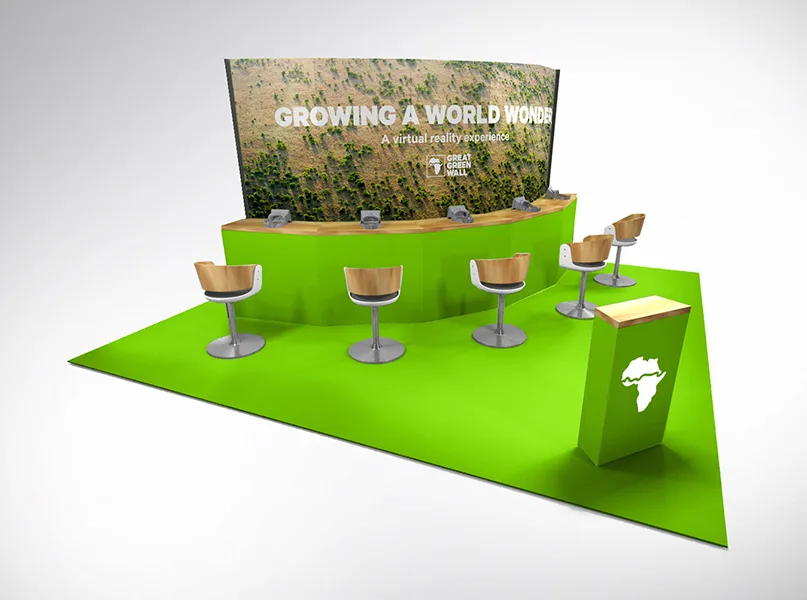
The specific objectives at the heart of the GGW initiative are to restore 100 million hectares of currently degraded land, sequester 250 million tonnes of carbon, and create 10 million jobs in rural areas.
This will eventually lead to improvements in food security for 20 million people across the Sahel and Sahara Desert regions, supporting the millions of people living in these communities.
Meanwhile, the project also intends to provide 10 million smallholder farmers with access to climate-resilient agricultural technologies as part of its key objectives.

ADDRESSING UN SUSTAINABLE DEVELOPMENT GOALS
In 2015, UN member states developed a set of 17 sustainable development goals (SDGs) as part of the organisation’s 2030 Agenda for Sustainable Development, an urgent call to action to improve worldwide health and education, reduce inequality, spur economic growth, and, most importantly, tackle climate change.
By growing GGW across the southern edge of the Sahara Desert – one of the poorest regions on the planet impacted by extreme climates – the initiative contributes to an impressive 15 of the 17 UN SDGs including supporting zero hunger, climate action, affordable and clean energy, and reduced inequalities, amongst many others.
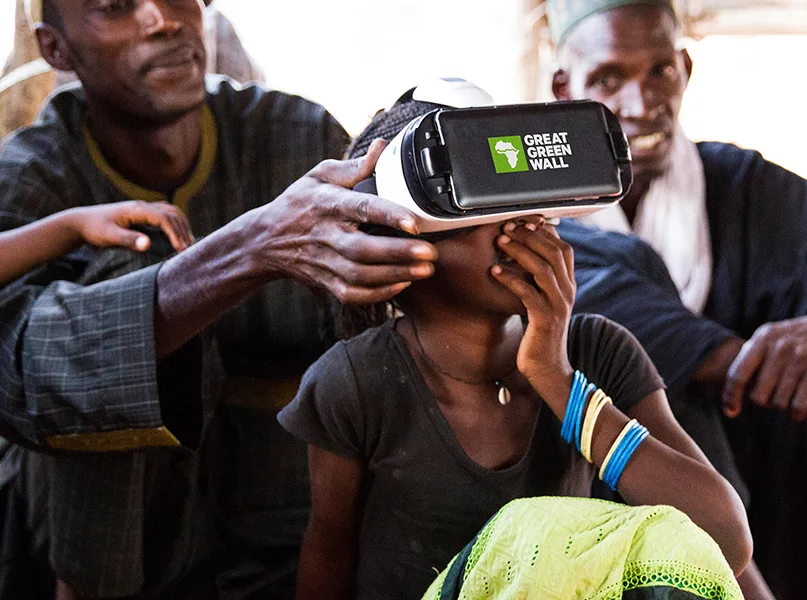
As such, the UN Convention to Combat Desertification (UNCCD) has initiated a campaign to raise awareness of GGW in the hope of delivering the project’s goals by 2030.
The campaign has so far promoted awareness of the initiative across public spheres, government policy debates, and media with a view to inspiring long-term public and private investment.
Thus, as emphasised in UNCCD’s campaign, global support for GGW as a compelling symbol of hope and unity in the face of climate change, migration, and resource-driven conflict becomes increasingly important if the future of many North African communities is to be sustained.



